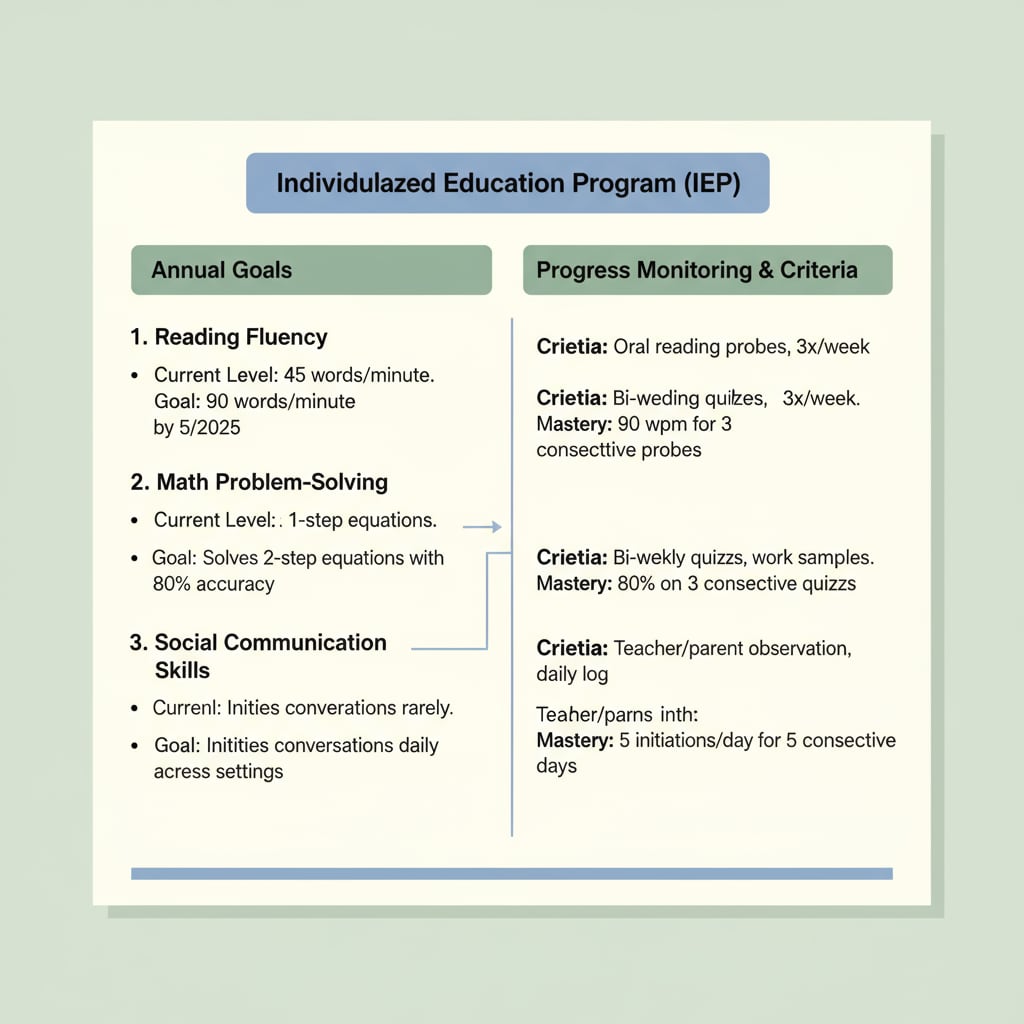Special education, IEP, and comprehension difficulties are significant issues that special educators encounter in their daily work. Individualized Education Programs (IEPs) are crucial tools designed to meet the unique needs of students with disabilities. However, understanding these complex documents can be a daunting task for many educators.

The Complexity of IEP Documents
IEP documents are filled with jargon and specific educational terms. For example, terms like “present levels of academic achievement and functional performance” (PLAAFP) can be confusing. This section of the IEP details a student’s current skills and abilities, but the language used is often highly technical. According to Understood.org, many educators struggle to decipher these terms accurately. In addition, the goals and objectives set in IEPs are often complex, with specific criteria for measurement.

Reasons Behind Comprehension Difficulties
One major reason for the comprehension difficulties is the lack of proper training. Many educators do not receive in-depth training on how to interpret IEPs during their teacher education programs. Moreover, the constant updates and changes in special education laws and regulations also contribute to the confusion. As new requirements are added, educators find it hard to keep up. For instance, changes in the Individuals with Disabilities Education Act (IDEA) can impact the content and format of IEPs. Another factor is the sheer volume of information in these documents. IEPs contain a vast amount of data about a student’s academic, social, and emotional needs, making it overwhelming for educators to process. The American Speech-Language-Hearing Association highlights these challenges in their research.
To overcome these difficulties, educators can take several steps. Firstly, seeking additional training is essential. Professional development courses focused on IEP interpretation can provide educators with the necessary skills. Secondly, collaborating with colleagues can be beneficial. Sharing experiences and insights can help educators better understand complex parts of the documents. Finally, educators should make use of available resources such as online guides and support groups. These resources can offer practical tips and advice.
Readability guidance: Special educators face comprehension challenges with IEPs due to jargon, lack of training, and more. By taking proactive steps like seeking training and collaborating, they can better serve students with special needs.


